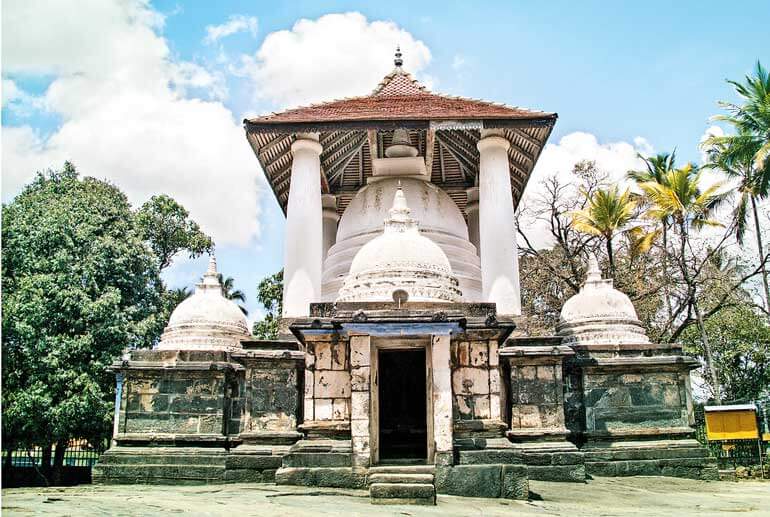Temple of Tooth
Sri Dalada Maligawa, or Temple of Tooth Relic, is the holiest Buddhist temple in Sri Lanka. It is located in the city of Kandy, the ancient capital of the Kandyan kingdom.
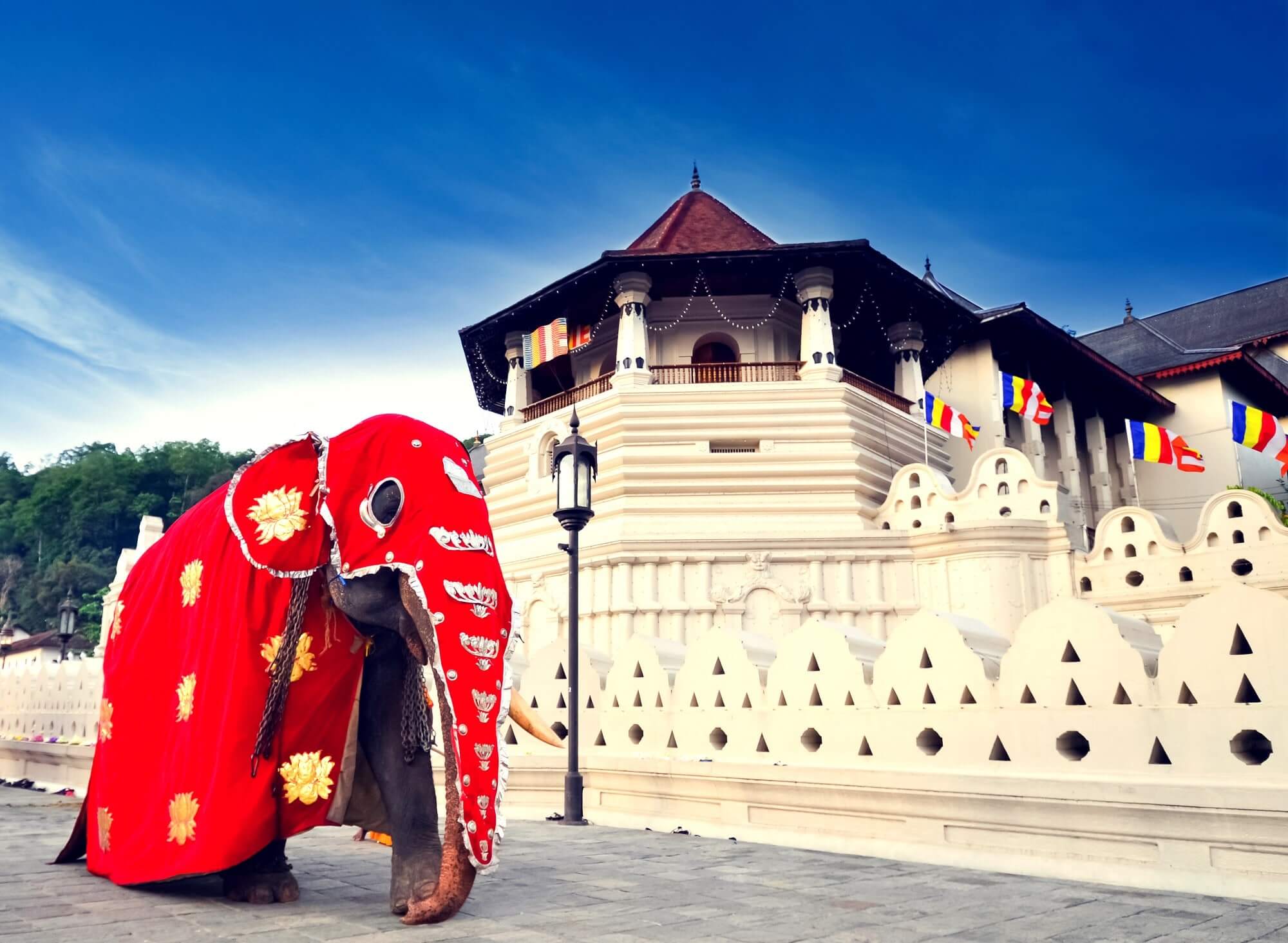
Royal Botanical Garden
As Sri Lanka's largest garden an elegant and spacious 147-acres (60-hectares) plenty of time is needed to stroll Peradeniya's imposing Avenue of Royal Palms.

Gem Museum
Throughout history, Sri Lanka has been known as a land of gems. King Solomon was said to have procured a great ruby for the Queen of Sheba from Ceylon. Marco Polo wrote of wonderful Ceylon gems.

Mahaweli River
The Mahaweli River basin is the largest basin in Sri Lanka accounting for almost one fifth of the country's total area. The river flows into the Bay of Bengal. Threats to the watershed include agricultural pollution, sand mining, hydropower dams, deforestation, poorly planned land use, and water shortage that have collectively resulted in the degradation of watershed conditions, a decline in water quality, a loss of wildlife habitat and populations, and an escalation in human-elephant conflicts.
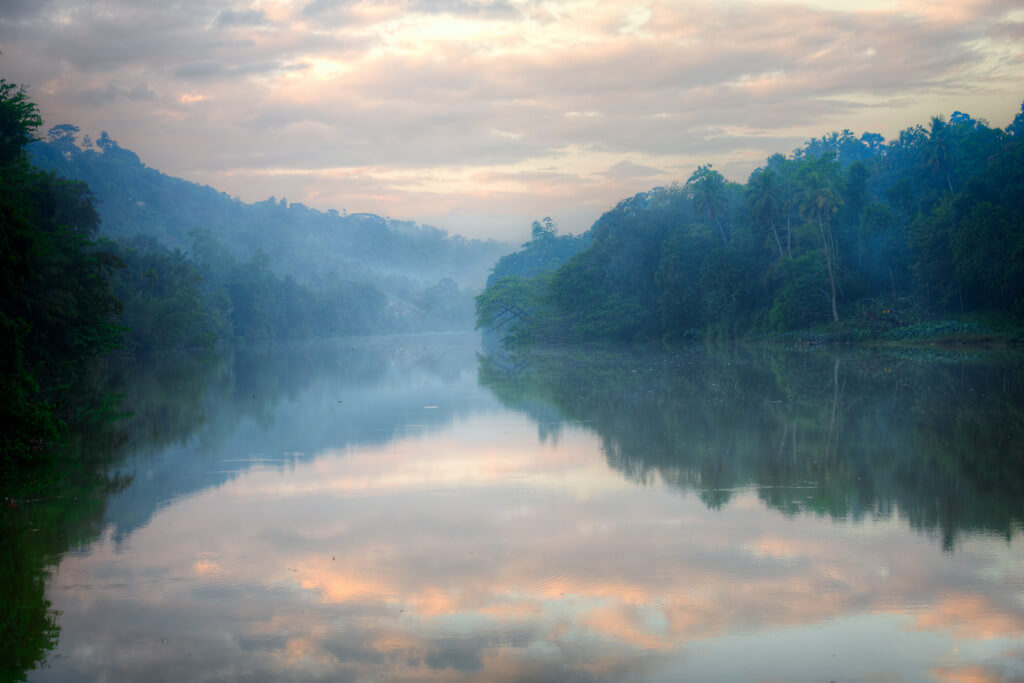
Embekke Temple
Embekke Devale, famed for its elaborate woodcarvings, pillars and other structures, nestle in the Udu Nuwara. It lies close to Daulagala about eight miles from Kandy.

Udawatta Kele
Often spelled as Udawatta Kele, is a historic forest reserve on a hill-ridge in the city of Kandy. The sanctuary is famous for its extensive avifauna. The reserve also contains a great variety of plant species, especially lianas, shrubs and small trees. There are several giant lianas. Many of small and medium size mammals that inhabit Sri Lanka can be seen here. Several kinds of snakes and other reptiles might be seen.
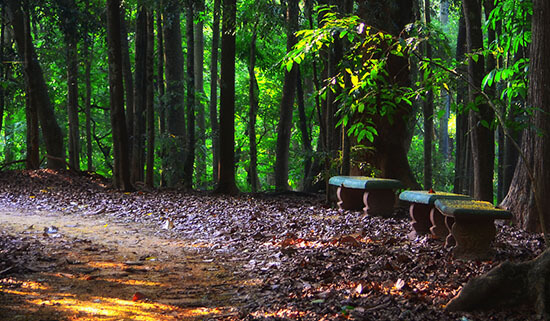
Bahirawakanda
Rising from a hill adjoining the holy city of Kandy is the giant Lord Buddha statue of Bahirawa Kanda.
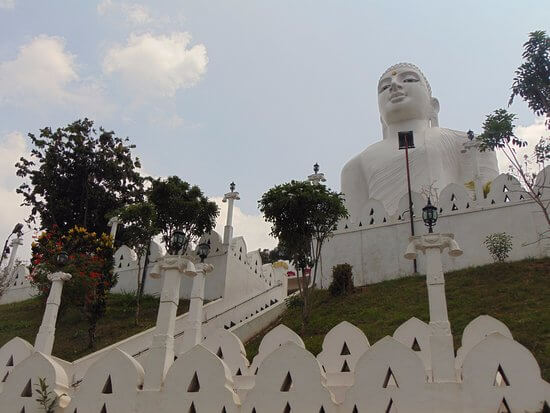
Lankathilake Temple
The Lankatilaka temple history runs back to the Gampola Kingdom era. King Buwanekabahu IV has built this temple in 1344 AD.
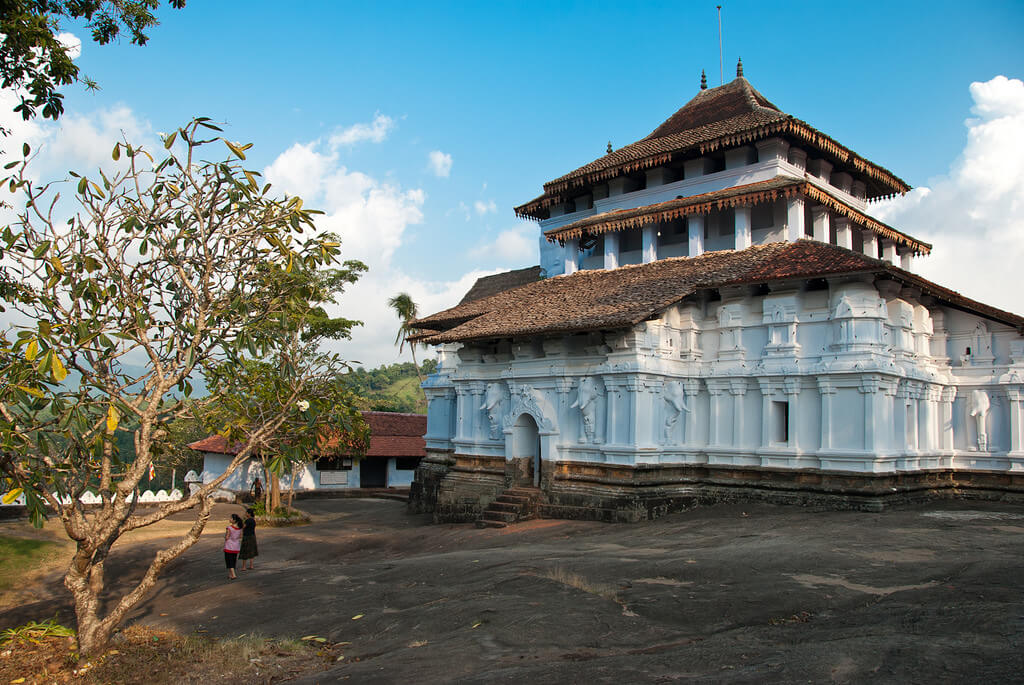
Gadaladeniya
Gadaladeniya Temple in Sri Lanka is an old monastery built over a rock in Diggala in the district of Kandy. According to an inscription carved into the walls the temple was built in 1344 AD by King Buwanekabaghu the fourth. The temple was designed by the South Indian architect Ganesvarachchari in a design similar to South Indian architecture.
